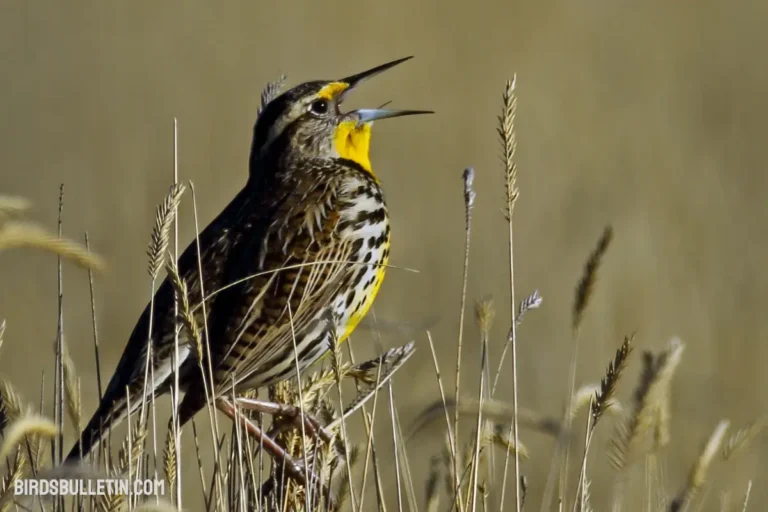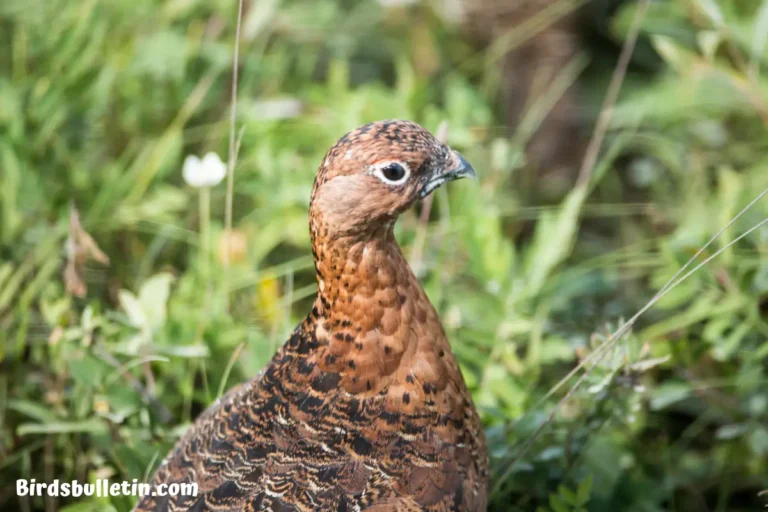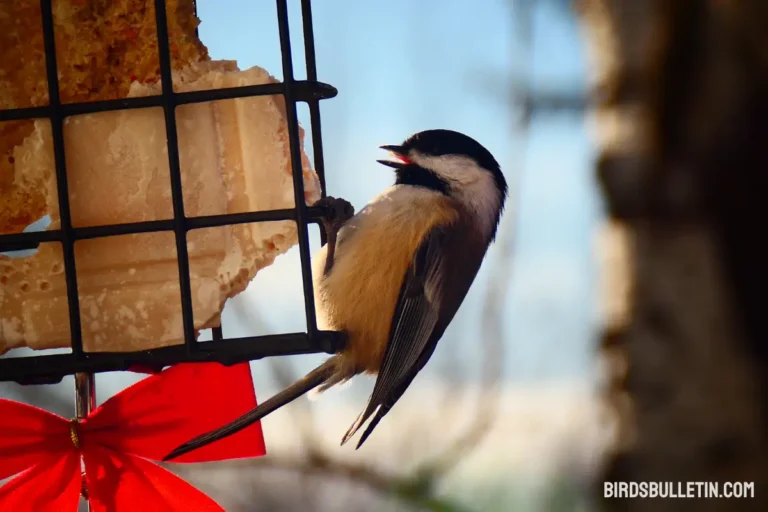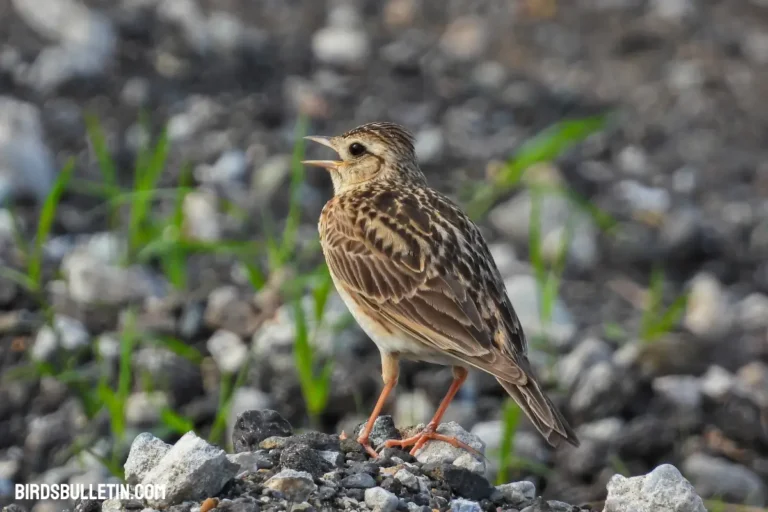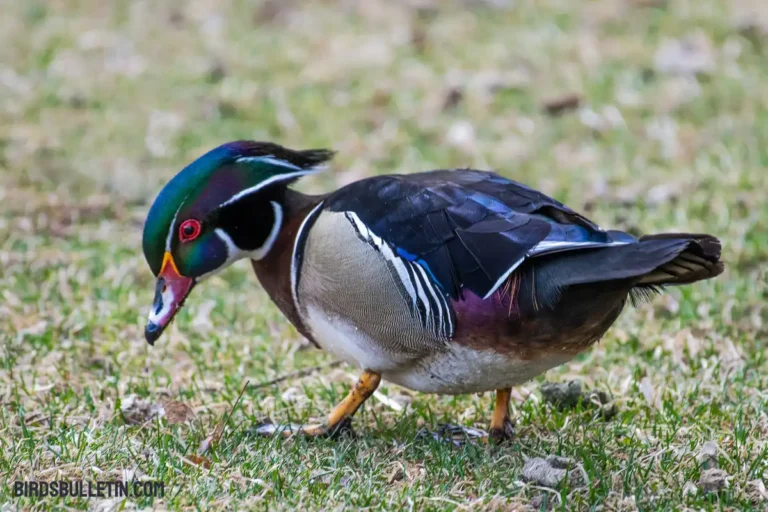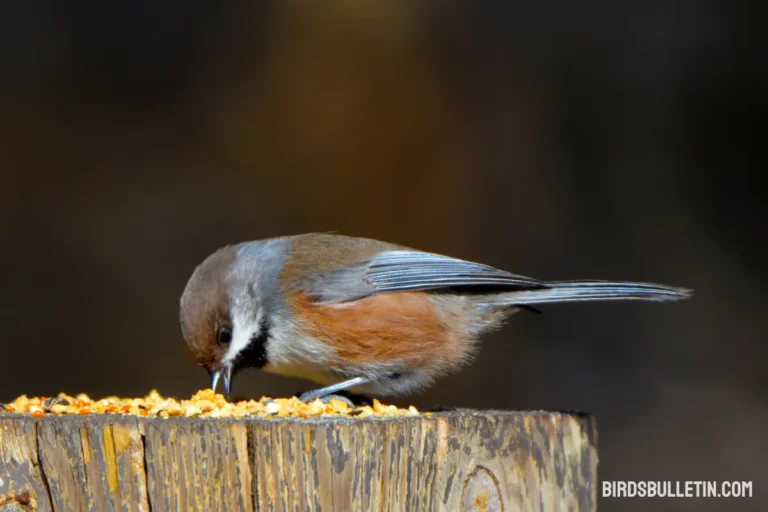What Do Willow Ptarmigans Eat?
Willow Ptarmigans are well equipped to survive the extreme cold and find sufficient nutrition in these environments. But what exactly does this gallinaceous bird eat? Let’s explore the diet and feeding habits of the Willow Ptarmigan.
Want to learn more about birds food and diet:
What Do Willow Ptarmigans Eat?
Their diet shifts depending on the season, life stage, and specific habitat. But the majority of their nutrition comes from fibrous willow and birch buds, catkins, leaves, and twigs along with other tundra plants.
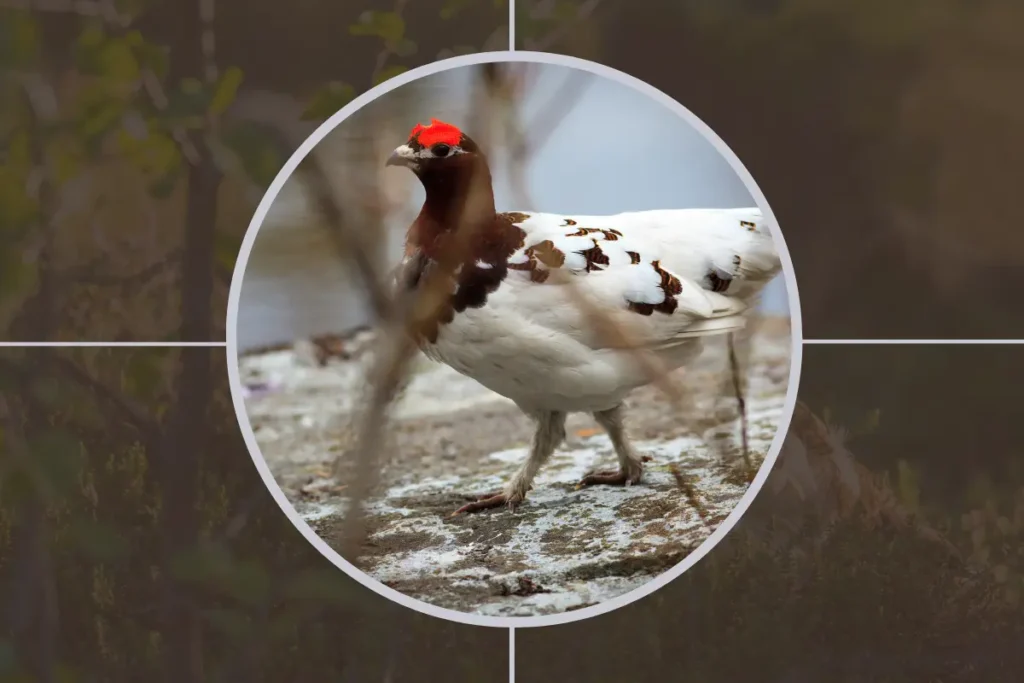
During the long arctic winter when the tundra is blanketed in snow, Willow Ptarmigans depend almost exclusively on willow and birch buds and catkins which they can access above the snow.
They meticulously comb through willow thickets for this vital, sustaining food. Their specialized digestive system allows them to gain nutrition from this fibrous browse.
Favorite Willow Ptarmigan Foods
Ptarmigans are opportunistic, flexible feeders that take advantage of the limited vegetation and prey sources available during the short growing season in the tundra biome. Here are some favorite foods:
| Food | Details |
|---|---|
| Willow buds/catkins | Primary winter food, high in nutrients |
| Birch buds/catkins | Also important winter food |
| Berries | Bilberry, crowberry, bearberry in summer |
| Seeds | Alpine grasses, sedges, herbs |
| Insects | Beetles, caterpillars, flies, spiders |
| Leaves | Willow, birch, and other greens |
How Do Willow Ptarmigans Gather Food?
Willow Ptarmigans employ a variety of behaviors and methods to find and consume their food:
- Forage by walking along the ground using their feathered feet for insulation and scratching away snow to uncover vegetation.
- Perch on branches and meticulously pick off buds and catkins.
- Pluck berries off low-growing shrubs and plants.
- Probe into the ground and peck for seeds and insects.
- Capture flying insects and spiders out of the air.
- Females lead their precocial young to highly productive foraging areas.
Winter Diet and Feeding
In the winter when snow blankets the tundra, Willow Ptarmigans shift their diet almost exclusively to eating willow and birch buds and catkins that remain exposed above the snowline.
They methodically comb through willow thickets seeking out this critical food source. Their unique digestive system allows them to gain nutrition from the woody browse. They may also eat old dried berries if available.
Young Bird’s Diet
Newly hatched ptarmigan chicks feed on high-protein insects and spiders which are essential for their rapid growth and development. The parents, especially the father, will capture insects and call the chicks over to feed.
As they get older, the chicks are led to patchy areas to graze on tender greens, berries, and seeds. Access to protein-rich insects remains important for juvenile birds.
Frequently Asked Questions
01. What do ptarmigans drink?
Ptarmigans obtain most of their water needs from the food they eat. But they will drink available surface water and eat snow to supplement their needs.
02. How much do ptarmigans eat per day?
The quantity of food consumed varies by season, but ptarmigans may eat around 30-50g of food per day on average. However, intake can be higher during winter months.
03. Do ptarmigans store food?
No, ptarmigans do not cache or store food. They must forage daily for their nutritional needs.
04. Are ptarmigan’s herbivores or omnivores?
Ptarmigans are omnivores because they eat both plant and animal matter. However, the majority of their diet consists of tundra vegetation.
Conclusion
With their unique adaptations and behavioral flexibility, Willow Ptarmigans are well-equipped to take advantage of the limited food sources available in their extreme Arctic habitats during both summer and winter.
Though small, these tenacious northern birds are able to survive and thrive off the buds, greens, berries, and insects available in the harsh tundra biome. Their specialized diet and feeding habits allow Willow Ptarmigans to fully inhabit their northern niche.
References:
- Andreev, A. V. (1991). Ecological energetics of Palaearctic tetranoids in the north of the range. Finnish Game Research, 47, 19-27.
- Martin, K., & Wiebe, K. L. (2004). Coping mechanisms of alpine and arctic breeding birds: extreme weather and limitations to reproductive resilience. Integrative and Comparative Biology, 44(2), 177-185.
- Senzano, A., & Andre, C. (2021). Seasonal variation in density and diet of the Willow Ptarmigan in a pristine Arctic area of NE Greenland. Arctic Science, 7(4), 684-697.
- West, G. C., & Meng, M. S. (1966). Nutrition of willow ptarmigan in northern Alaska. The Auk, 83(4), 603-615.


